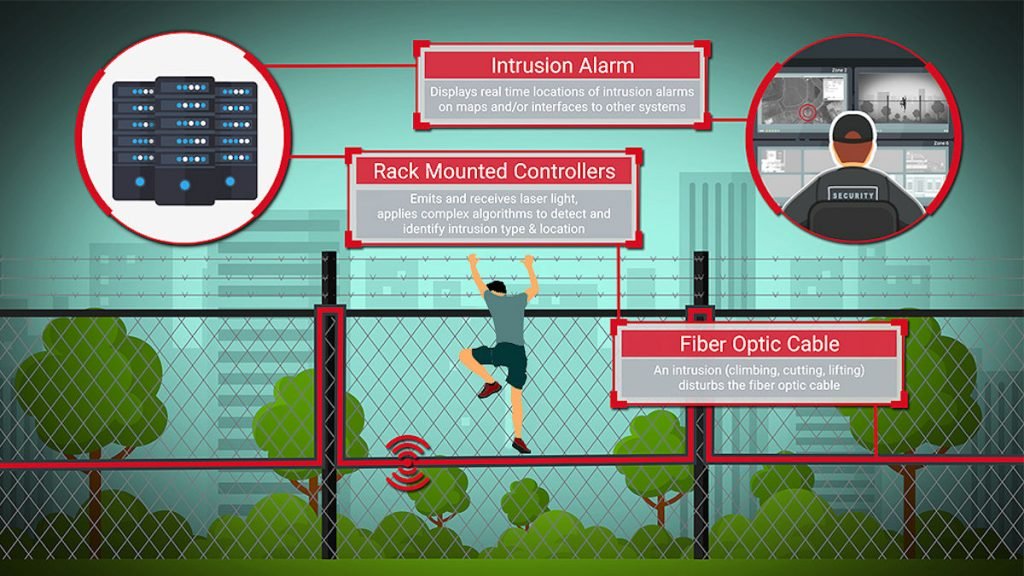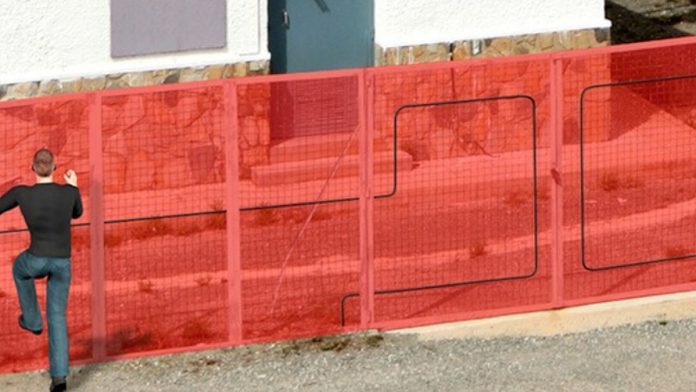Electret Cable Vs Leaky Coax – What’s Best?
Electret Cable Vs Leaky Coax – Are electret cable perimeter detection solutions more effective than similar solutions like leaky coax?
A: It’s important to point out at the beginning that electret cable transducers are different from leaky coax systems. For a start leaky coax is buried, while electret is fence-mounted.
Having said this, electret cable is coaxial same as leaky coax. It has an electrostatic charge held in a braided wire shield wrapping the dielectric material.
Operationally, a leaky coax loop spills out an RF field that’s breached by intruders, while electret systems are mounted on a fence and they’ll go into alarm when the cable is stressed, pulled or vibrated when an intruder tries to climb over.
Electret operation is simple enough, with bandpass filters blocking out frequencies that haven’t correlated with activities like climbing during extensive testing procedures during product development.
Electret Cable Vs Leaky Coax – What’s Best
There was something quite neat about electret installations. It was that the entire transducer zone loop wound up becoming microphonic, and a properly trained operator could sit in the control room and listen to activity on the cable and identify what was a real intrusion and what was caused by wind, or the disturbance of trees, etc.
Regardless, Electret was developed in the early 1980s by companies like Perimeter Products and GTE Sylvania – whether you can lay your hands a modern solution is an open question – we did a brief scout for possibilities and could not find anything – any SEN readers can weigh into the comments section below.
For fence-mounted systems, we’d be thinking about the FFT fibre optic solution from Future Fibre Technologies, or the VTW-400 Tautwire Fence solution or INTREPID MicroPoint II variations from Perimeter Systems Australia.
You can find out more about FFT here, about Perimeter Systems Australia here, or read more SEN news here.
“Electret Cable Vs Leaky Coax – What’s Best?”












